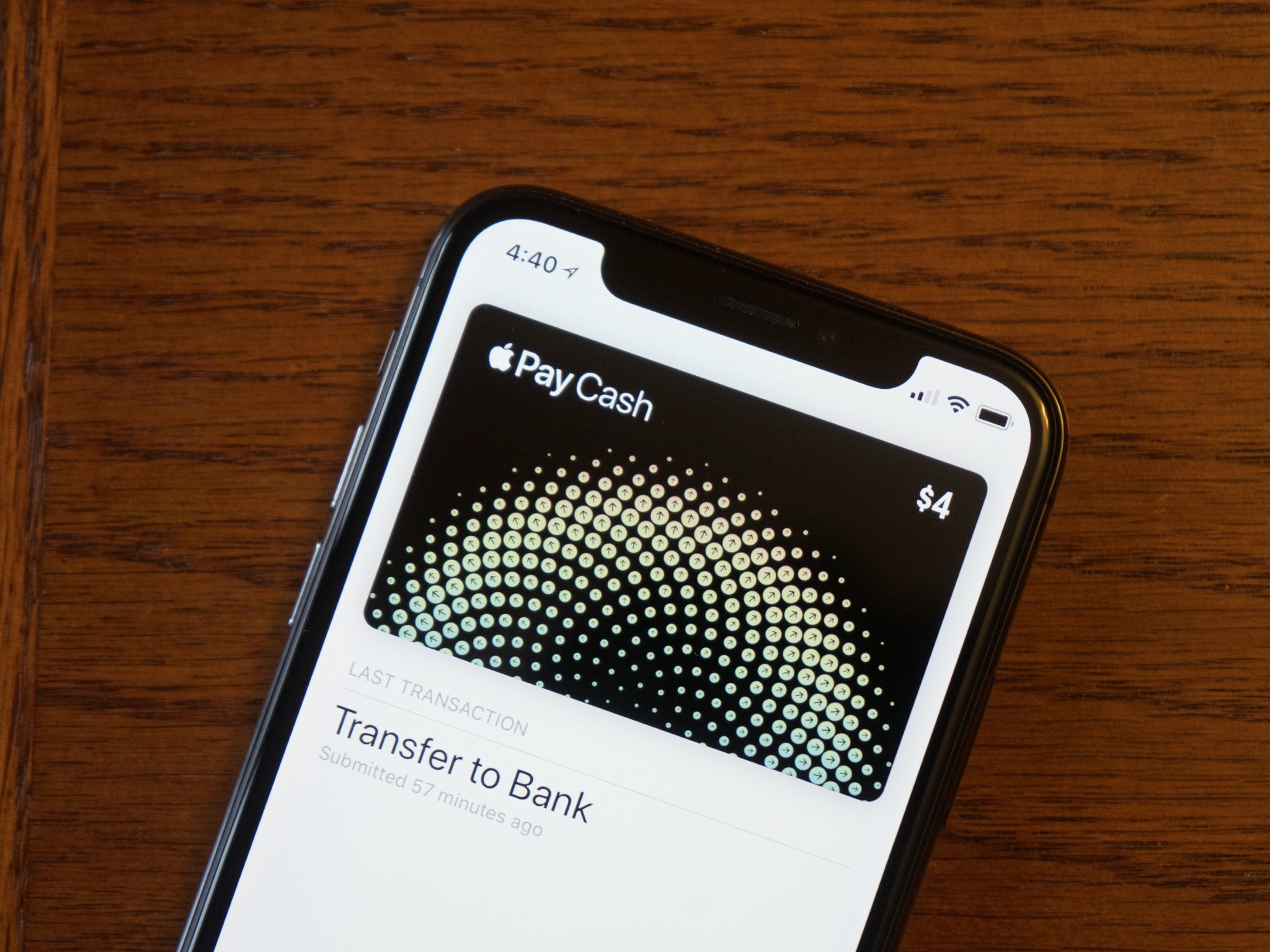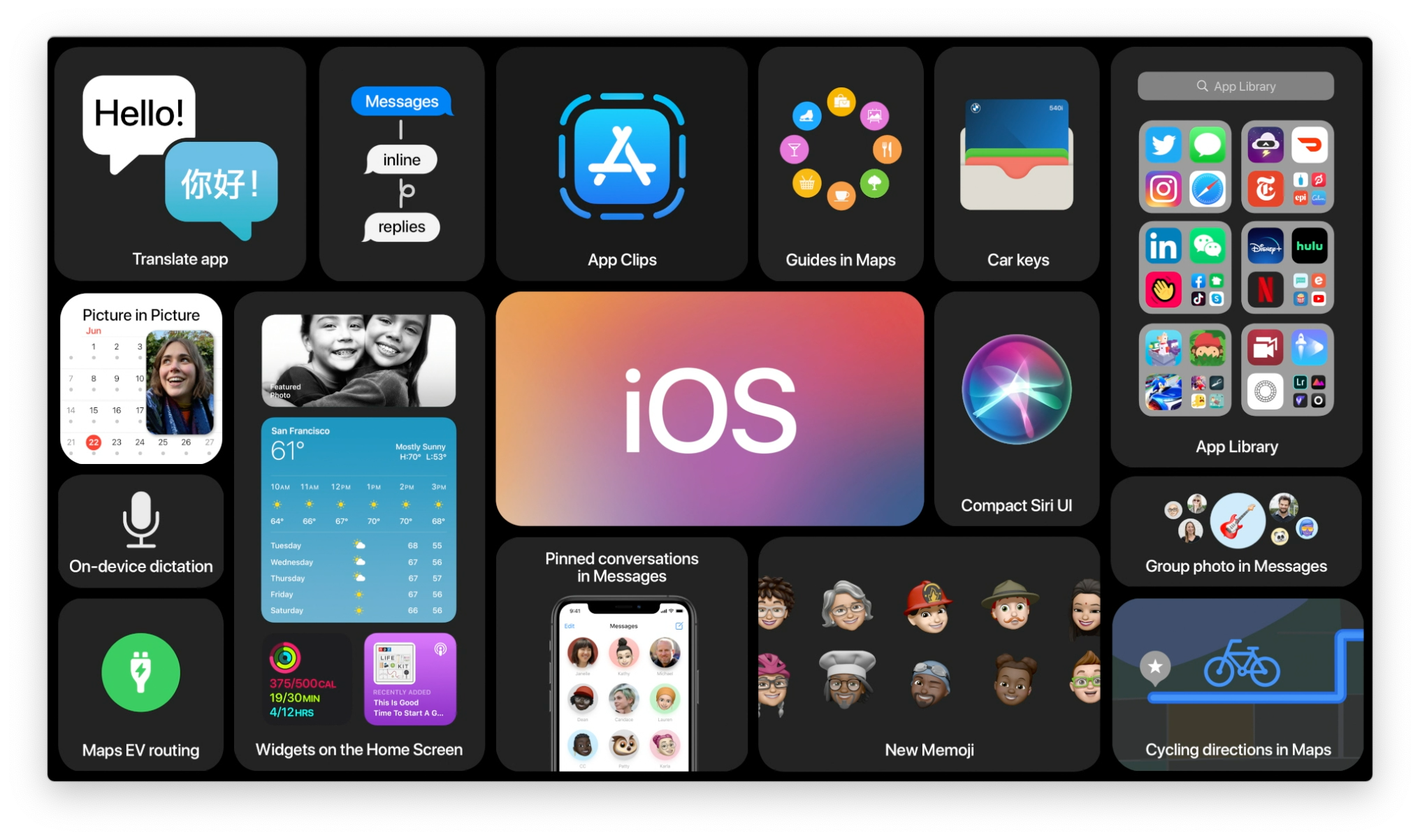Apple's new security guide covers Face ID, Apple Pay Cash, AutoFill, and more

Apple is getting better and better at explaining deeply technical topics in highly approachable ways. Nowhere is that exemplified more than in the company's security white papers. The iOS 11.2 version has just gone live, and it includes more on Face ID, Apple Pay Cash, and AutoFill for Apps.
From iOS Security iOS 11, January 2018:
Apple designed the iOS platform with security at its core. When we set out to create the best possible mobile platform, we drew from decades of experience to build an entirely new architecture. We thought about the security hazards of the desktop environment, and established a new approach to security in the design of iOS. We developed and incorporated innovative features that tighten mobile security and protect the entire system by default. As a result, iOS is a major leap forward in security for mobile devices.
Every iOS device combines software, hardware, and services designed to work together for maximum security and a transparent user experience. iOS protects not only the device and its data at rest, but the entire ecosystem, including everything users do locally, on networks, and with key Internet services.
iOS and iOS devices provide advanced security features, and yet they're also easy to use. Many of these features are enabled by default, so IT departments don't need to perform extensive configurations. And key security features like device encryption aren't configurable, so users can't disable them by mistake. Other features, such as Face ID, enhance the user experience by making it simpler and more intuitive to secure the device.
This document provides details about how security technology and features are implemented within the iOS platform. It will also help organizations combine iOS platform security technology and features with their own policies and procedures to meet their specific security needs. This document is organized into the following topic areas:
- System security: The integrated and secure software and hardware that are the platform for iPhone, iPad, and iPod touch.
- Encryption and data protection: The architecture and design that protects user data if the device is lost or stolen, or if an unauthorized person attempts to use or modify it.
- App security: The systems that enable apps to run securely and without compromising platform integrity.
- Network security: Industry-standard networking protocols that provide secure authentication and encryption of data in transmission.
- Apple Pay: Apple's implementation of secure payments.
- Internet services: Apple's network-based infrastructure for messaging, syncing, and backup.
- Device controls: Methods that allow management of iOS devices, prevent unauthorized use, and enable remote wipe if a device is lost or stolen.
- Privacy controls: Capabilities of iOS that can be used to control access to Location Services and user data.
If security and privacy technology is your nerd-fuel, grab a tasty beverage and dig in.
iMore offers spot-on advice and guidance from our team of experts, with decades of Apple device experience to lean on. Learn more with iMore!

Rene Ritchie is one of the most respected Apple analysts in the business, reaching a combined audience of over 40 million readers a month. His YouTube channel, Vector, has over 90 thousand subscribers and 14 million views and his podcasts, including Debug, have been downloaded over 20 million times. He also regularly co-hosts MacBreak Weekly for the TWiT network and co-hosted CES Live! and Talk Mobile. Based in Montreal, Rene is a former director of product marketing, web developer, and graphic designer. He's authored several books and appeared on numerous television and radio segments to discuss Apple and the technology industry. When not working, he likes to cook, grapple, and spend time with his friends and family.

